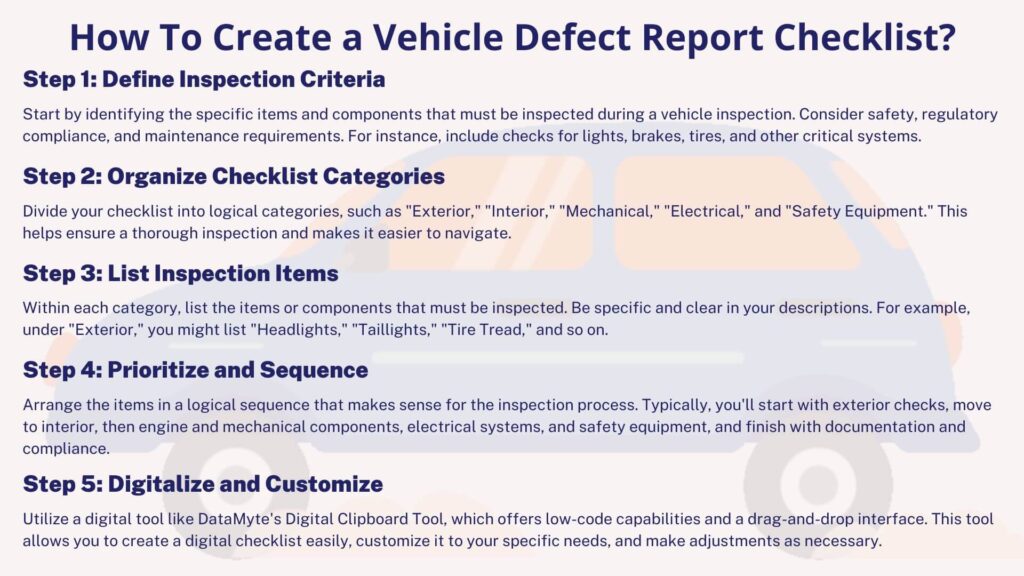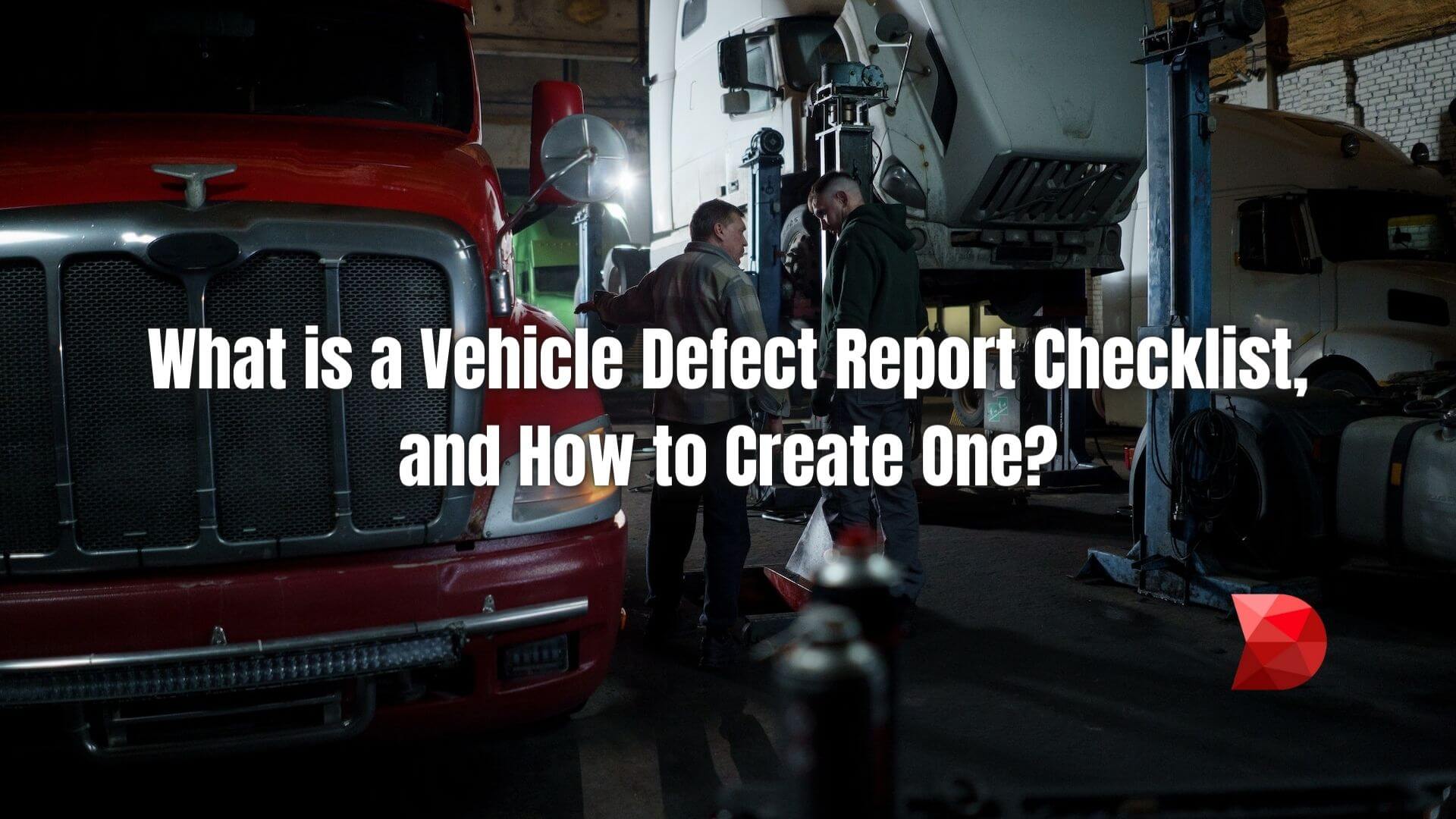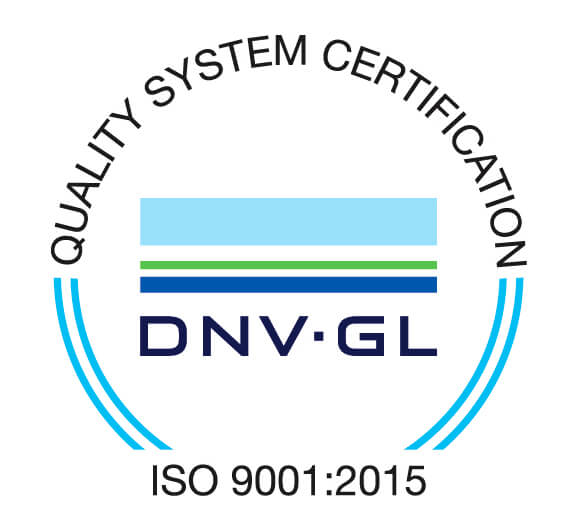Vehicle defects refer to any issues or malfunctions that can compromise a vehicle’s safety, functionality, or performance. These defects range from mechanical problems like faulty brakes or engine issues to cosmetic imperfections. Identifying and addressing vehicle defects is crucial to ensuring the driver’s and others’ safety on the road. Regular maintenance, inspections, and adherence to manufacturer guidelines are key to preventing and rectifying these defects.
Table of Contents
ToggleWhat is a Vehicle Defect Report?

A vehicle defect report, often abbreviated as VDR, is a document used to record and report any issues, malfunctions, or defects discovered during an inspection or maintenance check of a vehicle. This report is crucial for ensuring the safety and compliance of vehicles, particularly in commercial and fleet operations. It typically includes details such as the date of inspection, the vehicle’s identification information (e.g., make, model, and VIN), and a thorough description of each defect or issue found.
What is a Vehicle Defect Report Checklist?
A vehicle defect report checklist is a systematic list of items and components that need to be inspected during a vehicle inspection to identify any defects, malfunctions, or issues. This checklist is a comprehensive guide for inspectors to thoroughly assess the vehicle’s safety, functionality, and compliance with regulations. Typically, it encompasses a range of categories, including:
- Exterior: This section covers the vehicle’s exterior components, including lights, mirrors, tires, and bodywork.
- Interior: Inspectors check the vehicle’s interior for defects in features like seats, seatbelts, dashboards, and controls.
- Engine and Mechanical Components: This checklist focuses on the engine, transmission, brakes, suspension, and other vital mechanical systems.
- Electrical Systems: Inspectors assess the electrical systems, including lights, signals, and warning indicators.
- Safety Equipment: This category includes checks for safety features such as airbags, anti-lock brakes, and the horn.
- Fluid Levels: Inspectors verify essential fluids like oil, coolant, and brake fluid levels.
- Documentation and Compliance: Ensuring the vehicle has the necessary documentation, such as registration and insurance, and complies with relevant regulations.
How To Create a Vehicle Defect Report Checklist?

Creating a vehicle defect report checklist can be simplified into five easy steps:
Step 1: Define Inspection Criteria
Start by identifying the specific items and components that must be inspected during a vehicle inspection. Consider safety, regulatory compliance, and maintenance requirements. For instance, include checks for lights, brakes, tires, and other critical systems.
Step 2: Organize Checklist Categories
Divide your checklist into logical categories, such as “Exterior,” “Interior,” “Mechanical,” “Electrical,” and “Safety Equipment.” This helps ensure a thorough inspection and makes it easier to navigate.
Step 3: List Inspection Items
Within each category, list the items or components that must be inspected. Be specific and clear in your descriptions. For example, under “Exterior,” you might list “Headlights,” “Taillights,” “Tire Tread,” and so on.
Step 4: Prioritize and Sequence
Arrange the items in a logical sequence that makes sense for the inspection process. Typically, you’ll start with exterior checks, move to interior, then engine and mechanical components, electrical systems, and safety equipment, and finish with documentation and compliance.
Step 5: Digitalize and Customize
Utilize a digital tool like DataMyte’s Digital Clipboard Tool, which offers low-code capabilities and a drag-and-drop interface. This tool allows you to create a digital checklist easily, customize it to your specific needs, and make adjustments as necessary. To enhance usability, you can also include features like checkboxes, drop-down menus, and text fields.
Conclusion
Utilizing DataMyte’s Digital Clipboard Tool is a significant asset for businesses, particularly in fields where checklists and inspections are crucial, such as vehicle maintenance and safety. With its low-code capabilities and intuitive drag-and-drop interface, this digital tool streamlines the checklist creation process, enhances inspection efficiency and simplifies defect documentation.
By doing this, it not only ensures accuracy and compliance and improves overall operations, but it also saves significant time. In the competitive business world, having a tool that empowers your team to work smarter and more effectively is undeniably a great advantage. Datamyte’s Digital Clipboard certainly delivers on that promise. If you want to know more about the Digital Clipboard tool of DataMyte, book a demo with us now!



